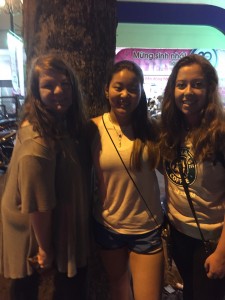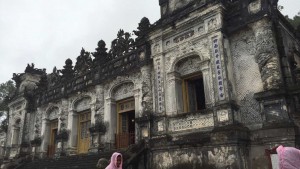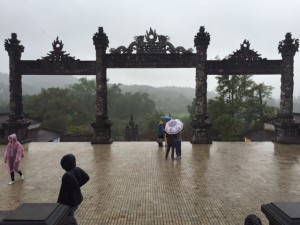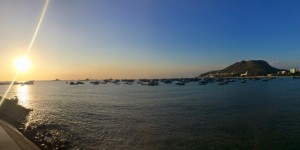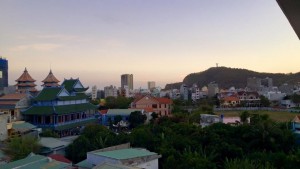The troop successfully embarked on its first program trip this past weekend. We ventured into the Mekong River Delta, one of Vietnam’s two prominent river deltas. The Mekong is a fluid source of power and economy to the people of the southern region which we were able to witness during our trip.
Our cultural tour began at a Cao Dai temple. Caodaiism incorporates practices and beliefs from Taosim, Buddhism, and Christianity, to name a few.

Soon after leaving the temple, we arrived at our boat. Our tour guide was a wealth of knowledge, which he gladly shared with us all, teaching us the history and culture of the region. Our first stop along the river was at a river market, and what seemed to be a hub for tourists. We were able to see how coconut was used to make a variety of snacks. My favorite? Coconut taffy, specifically, freshly made coconut taffy. While the other, more adventurous students and friends on our trip tried snake wine, I stuck to the safer option of coconut taffy and pop rice, the Asian counterpart to popcorn. I did, however, hold a 25 kg python, a feat I am quite proud of accomplishing (never mind the snake was probably used to it). And speaking of snakes, they are quite the delicacy in the Mekong Delta region, so of course we had to try some. Shocked and awed, I couldn’t tear my eyes away as our tour guide killed the snakes and cleaned them to be prepared for dinner. The snake, wrapped in bitter banana leaves, was palatable and somewhat akin to the texture of a meatball, but I don’t think it is a dish I’ll be adding to my Top 10 list (although most of the positions are held by other Vietnamese dishes).
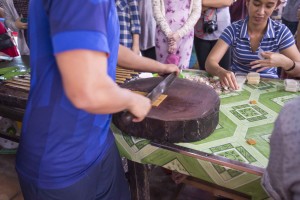
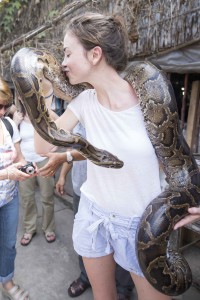
The next day our tour guide took us to a brick factory, which relies heavily on the Mekong Delta. The bricks are made up of a mixture of sand from the Mekong and clay, and the kilns are fired with rice husks transported along the river. This factory also exports pots, vases, and scaled-down replicas of the Easter Island statues, as well as provides impish students with a playroom, aka the storeroom for hundreds of millions of rice husks.
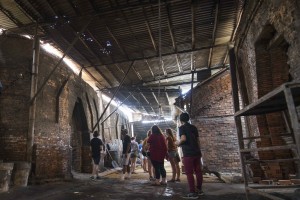
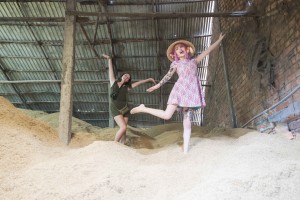
On the way back to Saigon, we stopped by a pagoda to visit and play with some 100 children. Prizes were distributed for games such as the potato sack race, gifts were given to each and every child in preparation for the new school term, and we also had the opportunity to hand out red envelopes containing “lucky money”. During the Tet holiday, children receive money from older relatives which they refer to as lucky money.
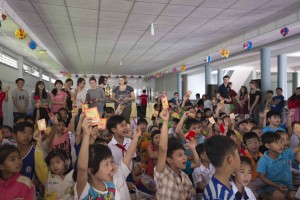
All in all, it was one sweaty, jam-packed, educational, entertaining weekend.
